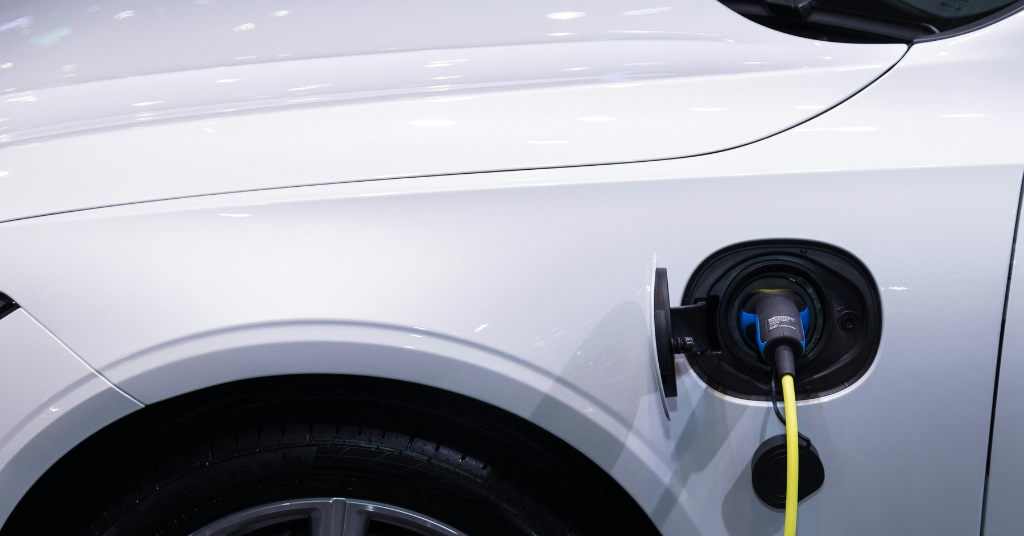As Europe transitions from the summer holidays into the back-to-school and back-to-work season, millions of people return to their daily commutes. This seasonal shift offers a unique opportunity to rethink mobility habits and promote more sustainable transport solutions. With the transport sector responsible for around a quarter of the EU’s greenhouse gas emissions, reimagining how we move through cities and regions is central to achieving the Fit for 55 targets.
Transport’s role in the Fit for 55 agenda
The European Union’s Fit for 55 package calls for a 55% reduction in emissions by 2030, and
transport is one of the most challenging areas to decarbonize.
Road transport alone accounts for nearly 70% of the sector’s emissions. Electrification of vehicles, the expansion of charging infrastructure, and the introduction of low- and zero-emission fuels are essential pillars of the transition. But reaching climate neutrality requires more than technology — it demands behavioral changes and systemic shifts in how mobility is organized.

Public transport and active mobility
Public transport remains one of the most effective tools for reducing emissions in urban areas. Expanding metro, tram, and bus services – and making them more reliable and affordable – encourages commuters to leave their cars at home. At the same time, investments in cycling infrastructure and pedestrian-friendly streets promote active mobility, which not only lowers emissions but also improves public health. Cities such as Paris, Copenhagen, and Ghent have demonstrated that safe bike lanes and car-free zones can transform mobility patterns in just a few years.
A concrete example can be found in Copenhagen, where investments in cycling infrastructure have reshaped everyday mobility. The city has built hundreds of kilometers of safe, segregated bike lanes. As a result, more than half of Copenhagen’s residents now commute to work or school by bicycle, reducing emissions while also creating a healthier and more livable urban environment.
Car-free zones are another effective way to encourage greener commutes and reclaim urban space for people. Paris, for example, has gradually expanded pedestrian-only areas around landmarks such as the Seine riverbanks and major boulevards, creating vibrant public spaces that prioritize walking and cycling over private cars. These initiatives not only cut traffic-related emissions but also improve air quality, boost local businesses, and enhance the overall quality of urban life.
Low-emission zones and smarter city planning
Across Europe, low-emission zones are becoming a cornerstone of municipal climate strategies. By restricting the most polluting vehicles in city centers, these policies accelerate the transition to cleaner fleets while improving air quality. Smarter urban planning complements these efforts by reducing the need for long commutes altogether. Mixed-use developments, transit-oriented design, and digital solutions such as mobility-as-a-service platforms make it easier for people to combine walking, cycling, and public transport in their daily routines.
Incentives and behavioral change
Financial and policy incentives play a key role in encouraging greener commutes. Subsidies for e-bikes and electric cars, reduced fares for public transport, and tax benefits for sustainable mobility choices all help shift behavior. Equally important are awareness campaigns and community initiatives that foster a culture of shared responsibility. When employers offer bike-to-work schemes or remote working options, they not only reduce emissions but also increase employee well-being.
Conclusion: an autumn opportunity for change
The return to routine in September is more than just a seasonal adjustment; it is a moment to set new habits that can last well beyond the autumn months. By embracing greener commutes, Europeans can directly contribute to the Fit for 55 objectives while also enjoying cleaner air, healthier lifestyles, and more livable cities. Sustainable transport is not only about reaching climate targets — it is about reshaping mobility in a way that benefits both people and the planet.
Sources and references:
- https://www.consilium.europa.eu/en/policies/green-deal/fit-for-55-the-eu-plan-for-a-green-transition/
- https://commission.europa.eu/index_en
- https://www.europarl.europa.eu/portal/en
- https://www.consilium.europa.eu/en/policies/clean-and-sustainable-mobility/
- https://www.eea.europa.eu/en/topics/in-depth/transport-and-mobility
- https://transport.ec.europa.eu/transport-themes/eu-mobility-transport-achievements-2019-2024/sustainable-smart-mobility_en




